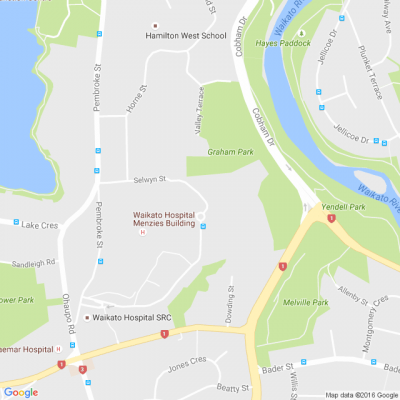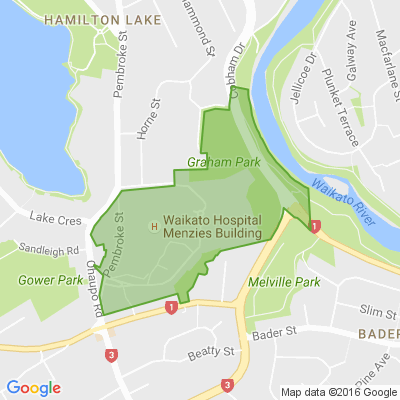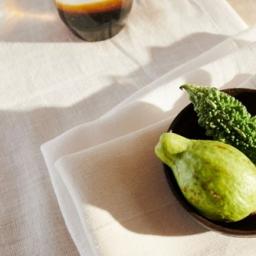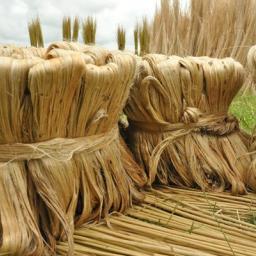Natures Bounty | Bast is Best
Commonly known as ‘soft’ fibres, bast fibres are the fine, flexible fibres obtained from the stems of dicotyledonous plants.
Bast fibres have been used to manufacture ropes, sacks, sails, and other industrial fabrics for hundreds of years. Commonly known as ‘soft’ fibres, bast fibres are the fine, flexible fibres obtained from the stems of dicotyledonous plants. A sustainable choice, bast fibres support regenerative agricultural practices that can help the soil sequester carbon and as a natural resource, are entirely biodegradable. In this article we will investigate four of the most utilised bast fibres: flax, hemp, ramie, and jute.
Between the epidermis (the outermost layer of cells) and the core of the plant’s stems are soft, woody fibre bundles or strands which can be over one metre long. The strands are composed of individual filaments made up of cellulose and hemicellulose cells bonded together by pectin or lignin, a cohesive gum which strengthens the stem of the plant.
During harvest the stems are cut close to the ground and the fibres are separated either through a natural decomposition process called retting (engaging moisture and bacteria to rot away the gummy cellular tissues) or by decortication (peeling the stems manually or mechanically). After retting, the fibres can be mechanically extracted through a process known as scutching.
In contrast to bast fibres, leaf fibres are obtained from the leaves of monocotyledonous plants with parallel-veined leaves, such as grasses, lilies, orchids, and palms. The long, stiff fibres of plants including abaca, cantala, Mauritius hemp, and sisal are generally used to create cordage or ropes, however, due to labour-intensive harvesting processes they are used less frequently than synthetic options.
Flax (Linen): Famously grown across northern France, Belgium, the Netherlands, and Ireland, flax is the most popular and strongest of the bast fibres. Wild flax fibres found in the Upper Palaeolithic layers of a Georgian cave indicate that humans have been crafting cords and weaving flax baskets for over 30,000 years.
Keep reading: www.curtainclean.co.nz...
Cupboards of calm
Transform the inside of your humble storage spaces with Resene paint and you’ll be happy to delve into them in future.
Get our quick tips to transform your storage spaces.

What's your favourite recipe for courgettes?
Kia ora neighbours. If you've got a family recipe for courgettes, we'd love to see it and maybe publish it in our magazine. Send your recipe to mailbox@nzgardener.co.nz, and if we use it in the mag, you will receive a free copy of our January 2025 issue.

Craigs Workplace Giving for Christmas in Waikato focused on front line
It has been a delight for us to again coordinate the annual Christmas-time Workplace Giving by Craigs Investment Partners' Hamilton branch.
We've now passed on $13,100 in grants of various sizes from Craigs and its staff to the five Waikato community organisations they have chosen this year, namely Cambridge Lifeskills, Cambridge Tree Trust, Hamilton Land Search & Rescue, Paws 4 Life (who provided the photo below) and Waikato Women's Refuge - Te Whakaruruhau.
Quinton de Bruin, Investment Adviser at Craigs says: “We’re really proud of our Workplace Giving program here at Craigs.”
“Employees opt in to donate from their monthly pay cheque, building up funds over the year which we then donate to charities in need at Christmas time.
“Craigs also matches employee donations dollar for dollar, up to $500 per person per annum, so it’s a great way to be able to make a meaningful impact in our local community,” says Quinton.
We say well played Craigs Investment Partners!









 Loading…
Loading…








